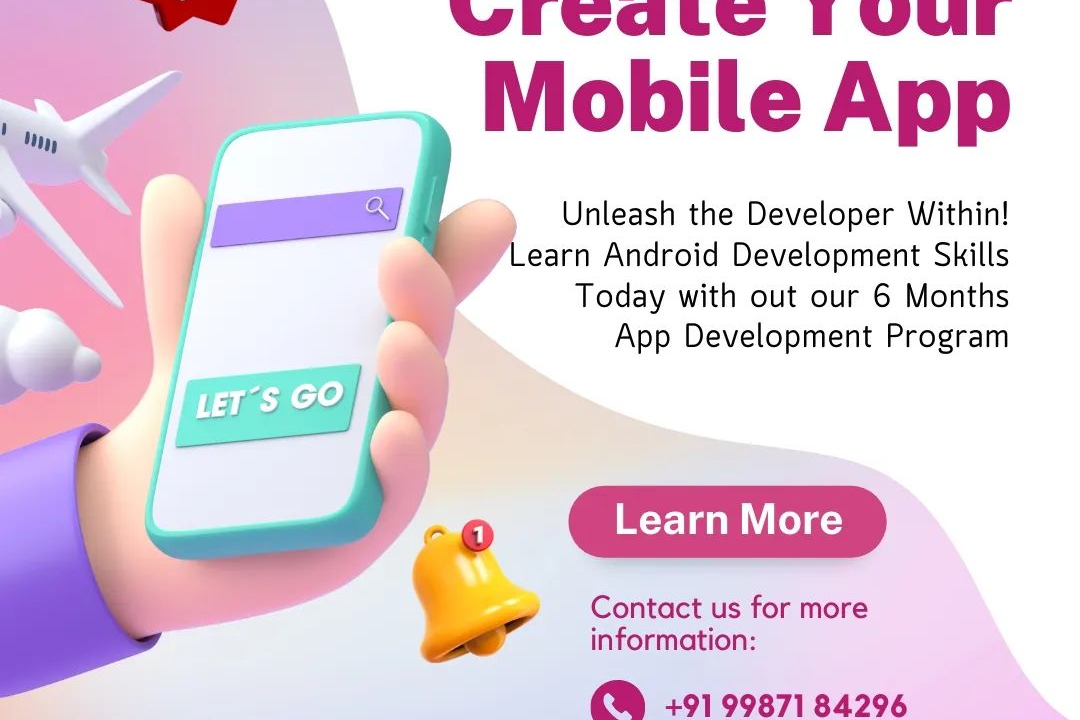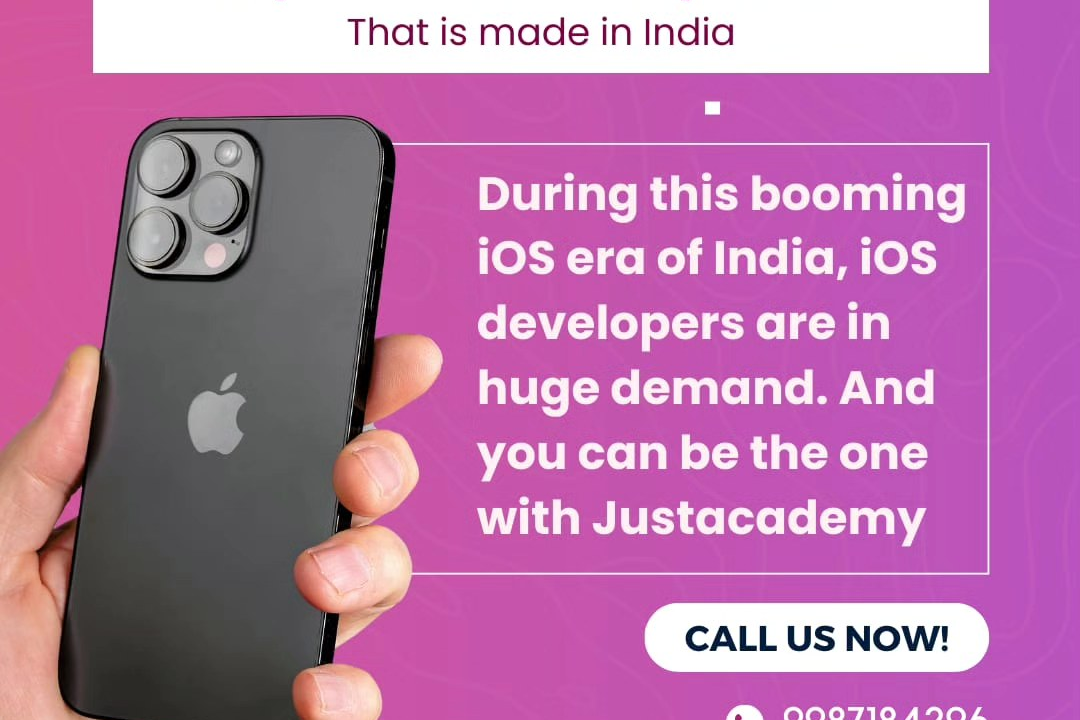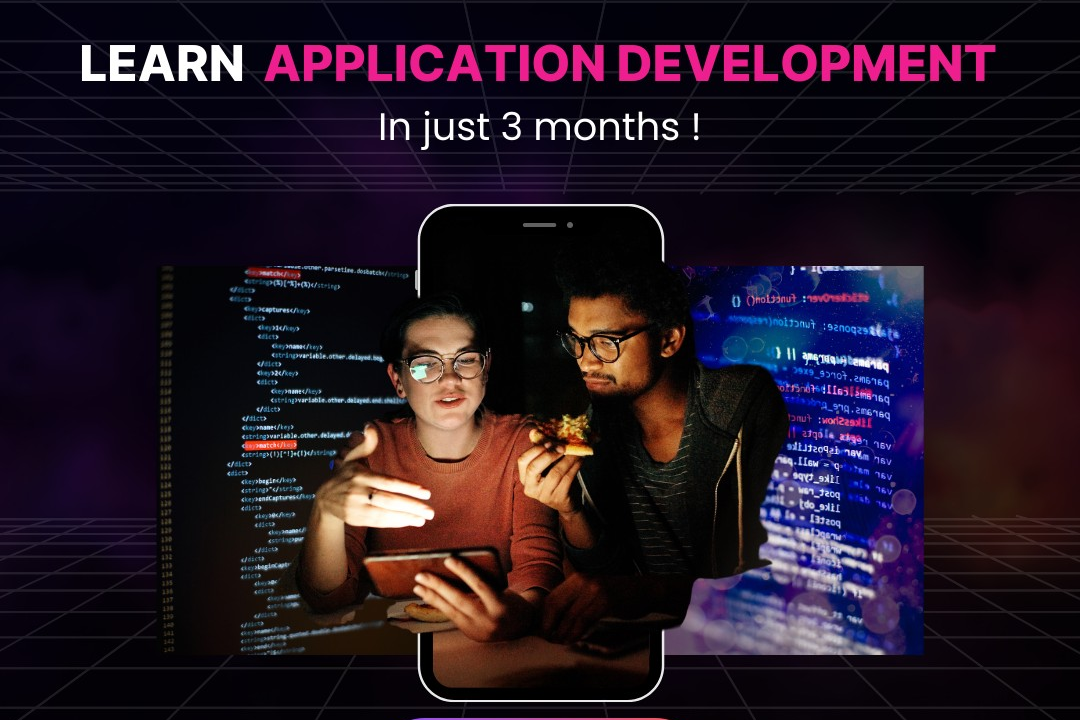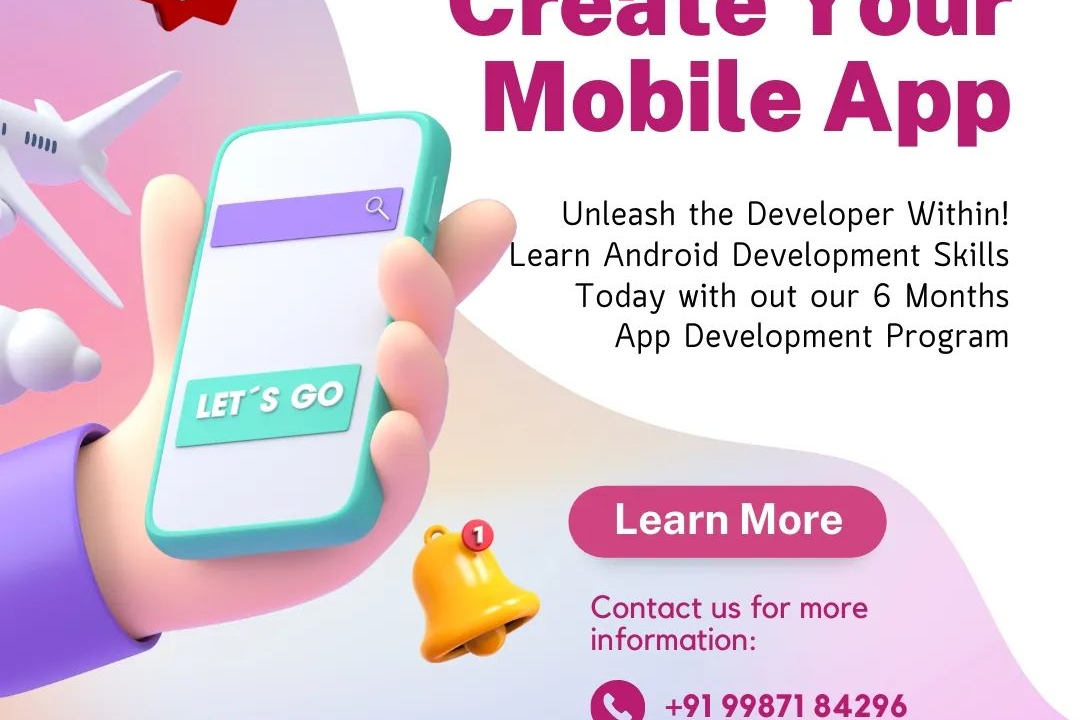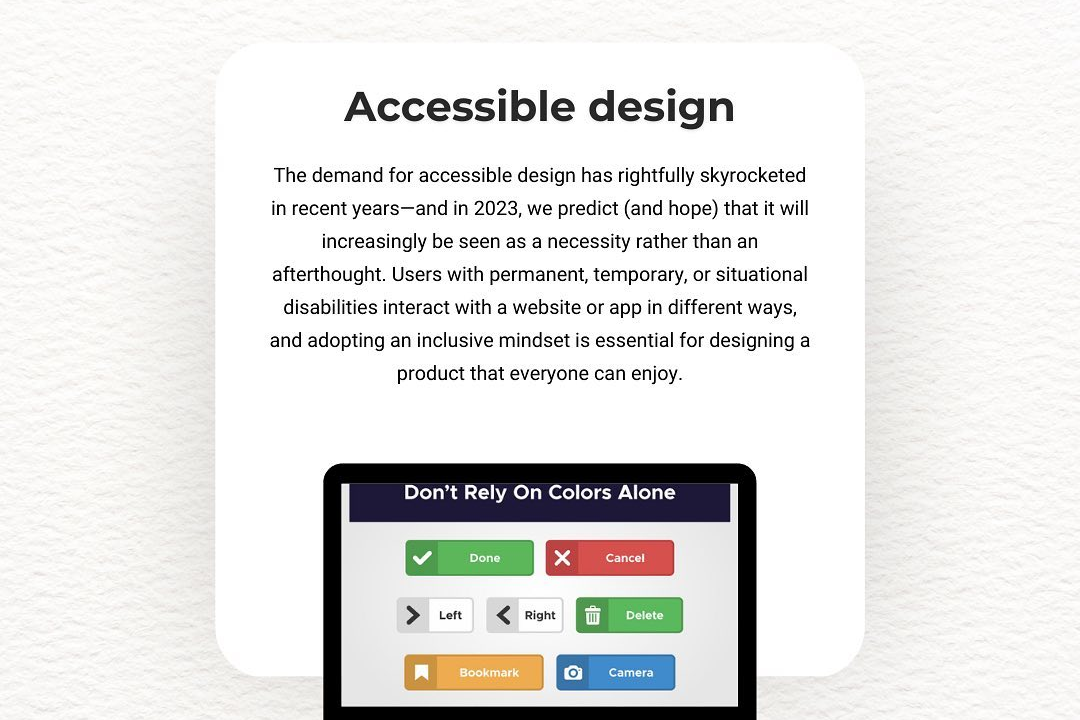mvvm ARCHITECTURE
Understanding MVVM Architecture: A Comprehensive Guide
mvvm ARCHITECTURE
MVVM (Model-View-ViewModel) architecture is a design pattern that enhances the separation of concerns in software development, particularly in applications with rich user interfaces. It effectively divides the application into three interconnected components: the Model represents the data and business logic, the View is the user interface that displays the data, and the ViewModel acts as an intermediary, managing the communication between the Model and the View. This structure simplifies testability and maintenance, promotes code reusability, and facilitates a more flexible design. By using data binding, it allows for automatic synchronization of the UI with the underlying data, leading to a more responsive and user-friendly experience. MVVM is particularly popular in platforms like WPF and Xamarin, making it an invaluable approach for modern application development.
To Download Our Brochure: https://www.justacademy.co/download-brochure-for-free
Message us for more information: +91 9987184296
1 - Separation of Concerns: MVVM clearly divides an application into three components — Model, View, and ViewModel, enhancing organization and maintainability.
2) Data Binding: It utilizes data binding to synchronize the View with the ViewModel, reducing boilerplate code and improving responsiveness.
3) Testability: The architecture allows for easier unit testing of the ViewModel, as it contains no references to the View, facilitating isolated tests.
4) Code Reusability: Developers can reuse the ViewModel for different views, promoting efficient coding practices and reducing redundancy.
5) Responsive UI: MVVM supports automatic UI updates when data changes in the Model, enhancing user experience.
6) Support for Command Binding: It allows for better handling of user interactions via commands rather than event handlers, simplifying the logic.
7) Maintainability: With the clear delineation of responsibilities, maintaining the application becomes simpler and cleaner.
8) Platform Compatibility: MVVM is versatile and can be implemented across various frameworks, including WPF, Xamarin, and others.
9) Improved Collaboration: It enables better collaboration between designers and developers, as the View can be designed separately from the underlying logic.
10) Easier Navigation Management: The architecture facilitates easier navigation and state management through the use of ViewModels.
11 - Scalability: The structure allows applications to scale more efficiently as they grow in complexity.
12) Error Handling: MVVM promotes centralized error handling in the ViewModel, simplifying debugging processes.
13) Reduced Boilerplate Code: By minimizing the amount of code needed for UI updates, developers can focus more on core functionality.
14) Support for Complex UI Logic: MVVM can effectively manage complex UI interactions and logic without cluttering the View.
15) Community and Resources: A large community supports MVVM, providing extensive resources, libraries, and documentation to aid developers in implementation.
16) Decoupled Architecture: MVVM provides a loosely coupled structure that allows developers to change the View without affecting the underlying Model logic, promoting flexibility.
17) Enhanced Performance: With features like lazy loading and optimization in data binding, applications can perform better, especially when dealing with large datasets.
18) Separation of UI and Business Logic: MVVM clearly segregates UI concerns from business logic, making it easier to manage and update either aspect independently.
19) Built In Support for Asynchronous Programming: MVVM patterns accommodate asynchronous workflows more seamlessly, improving application responsiveness.
20) Can Utilize Dependency Injection: The architecture supports dependency injection frameworks, simplifying the management of dependencies and making the codebase easier to maintain.
21 - Dynamic UI Updates: The architecture allows for dynamic changes in the UI based on user interaction and data changes, enhancing interactivity and user engagement.
22) Integration with Design Tools: MVVM works well with design tools like Blend for Visual Studio, allowing designers to create sophisticated interfaces without delving into the code.
23) State Management: This architecture provides frameworks for managing application state more effectively, leading to a smoother user experience.
24) Improved Collaboration Across Teams: Teams can work in parallel on the ViewModels and Views, speeding up the development process and fostering better collaboration.
25) Support for Command Pattern: MVVM can leverage the Command pattern to streamline user interactions, making the code cleaner and more maintainable by handling actions through commands rather than event handlers.
26) Easier Theme and Style Changes: The separation of the UI from the underlying logic allows for more straightforward implementation of style changes or themes without impacting functionality.
27) Utilization of Observable Collections: MVVM can easily incorporate observable collections, which notify the View of changes, simplifying scenarios of dynamic data manipulation.
28) Compatibility with Cross Platform Development: The MVVM pattern can be adapted for cross platform applications, allowing for consistent architecture across different platforms.
29) Support for Continuous Integration/Deployment: The structured approach of MVVM facilitates adopting CI/CD practices, helping automate testing and deployment processes.
30) Enhanced User Feedback: MVVM allows for better feedback mechanisms within the UI, as it can easily respond to changes in the ViewModel, improving the overall user experience.
Course Overview
The “MVVM Architecture” course offers an in-depth exploration of the Model-View-ViewModel design pattern, essential for developing scalable and maintainable applications. Participants will learn the core principles of MVVM, including separation of concerns, data binding, and command handling, while gaining practical skills through real-time projects. This course equips developers with the tools necessary to create responsive user interfaces and enhance application performance across various platforms. By the end of the course, students will be adept at implementing MVVM in their projects, fostering improved collaboration between design and development teams.
Course Description
The ‘MVVM Architecture’ course is designed to provide participants with a comprehensive understanding of the Model-View-ViewModel design pattern, which is crucial for building robust and modular applications. This course covers key concepts such as data binding, command handling, and separation of concerns, empowering developers to create maintainable code and responsive user interfaces. Through hands-on projects, learners will apply MVVM principles in real-world scenarios, enhancing their skills in application development. By the end of the course, students will be equipped to implement MVVM architecture effectively, improving collaboration between development and design teams.
Key Features
1 - Comprehensive Tool Coverage: Provides hands-on training with a range of industry-standard testing tools, including Selenium, JIRA, LoadRunner, and TestRail.
2) Practical Exercises: Features real-world exercises and case studies to apply tools in various testing scenarios.
3) Interactive Learning: Includes interactive sessions with industry experts for personalized feedback and guidance.
4) Detailed Tutorials: Offers extensive tutorials and documentation on tool functionalities and best practices.
5) Advanced Techniques: Covers both fundamental and advanced techniques for using testing tools effectively.
6) Data Visualization: Integrates tools for visualizing test metrics and results, enhancing data interpretation and decision-making.
7) Tool Integration: Teaches how to integrate testing tools into the software development lifecycle for streamlined workflows.
8) Project-Based Learning: Focuses on project-based learning to build practical skills and create a portfolio of completed tasks.
9) Career Support: Provides resources and support for applying learned skills to real-world job scenarios, including resume building and interview preparation.
10) Up-to-Date Content: Ensures that course materials reflect the latest industry standards and tool updates.
Benefits of taking our course
Functional Tools
1 - Visual Studio: As an integrated development environment (IDE), Visual Studio is a premier tool for developing applications using the MVVM architecture. It offers robust features like IntelliSense, debugging tools, and project templates that assist students in creating intuitive user interfaces and managing complex applications. By using Visual Studio, students will learn how to streamline their development processes, from coding to testing, significantly enhancing their productivity and efficiency.
2) XAML (Extensible Application Markup Language): XAML is a declarative markup language utilized in conjunction with MVVM architecture, primarily in Windows applications. It allows developers to define user interfaces with a clear separation of design and logic. Students will explore how to leverage XAML to create rich, responsive UIs, binding visual elements directly to their underlying data models, thus deepening their understanding of the binding principles that are a cornerstone of MVVM.
3) MVVM Frameworks (e.g., Prism, MVVMLight): Various MVVM frameworks provide essential tools and best practices for implementing the MVVM pattern in applications. Frameworks like Prism and MVVMLight simplify state management, navigation, and command handling, allowing students to focus on developing features rather than managing boilerplate code. By working with these frameworks, students will gain insights into how such libraries facilitate the application lifecycle and promote maintainable code.
4) Unit Testing Tools (e.g., NUnit, Moq): Proficiency in unit testing is vital for ensuring code quality within MVVM applications. Tools like NUnit for testing and Moq for mocking dependencies enable students to validate the functionality of their code independently. Through hands on practice, they will learn industry standard testing techniques, equipping them with the skills to write reliable and efficient tests that enhance application robustness.
5) Version Control Systems (e.g., Git): Using version control systems such as Git is crucial for collaborative development and code management. Students will be taught how to track changes, manage project histories, and collaborate efficiently with others. Knowing how to use Git effectively will enhance their workflow, ensuring that they can navigate team environments and contribute to projects with confidence.
6) Design Tools (e.g., Sketch, Adobe XD): In addition to coding skills, understanding design principles is fundamental in creating effective user interfaces. Tools like Sketch and Adobe XD allow students to prototype and design UIs that align with MVVM principles. Through hands on experience with these design oriented tools, students will be able to visualize their application layouts and create user centric designs that enhance usability and appeal.
These tools collectively provide students with a comprehensive skill set needed for mastering the MVVM architecture and empowering them to develop high quality applications in a structured and efficient manner.
Here are additional points that can further enrich your curriculum on the MVVM architecture and associated tooling:
7) Data Binding Techniques: Students will learn various data binding techniques inherent to the MVVM pattern, such as one way, two way, and one time bindings. Understanding the different binding modes and their implications will enable students to manage data flow between the View and ViewModel efficiently, enhancing interactivity in applications.
8) Dependency Injection (DI): Mastering dependency injection is crucial within MVVM architecture as it promotes loosely coupled code. Students will explore how DI frameworks, such as Unity or Autofac, can simplify object creation and lifecycle management. By implementing DI, students will gain insights into best practices for maintaining scalable and testable code.
9) Asynchronous Programming: To create responsive applications, understanding asynchronous programming is essential. Students will learn how to implement async and await patterns that prevent UI blocking during long running processes, which is critical for user experience in MVVM applications.
10) Command Pattern Implementation: The command pattern is key in MVVM for handling user interactions. Students will delve into ICommand interface implementations, learning to bind commands in their ViewModels to UI controls, thereby reinforcing the separation of concerns inherent in MVVM architecture.
11 - State Management: As applications scale, managing state becomes increasingly important. Students will learn various state management strategies suitable for MVVM architectures, including using interfaces to define state, implementing observable collections, and applying patterns like Redux when applicable.
12) Navigation and ViewModel Coordination: Understanding how to navigate between views while maintaining state in the ViewModel is vital. Students will explore techniques for coordinating ViewModels during navigation events, such as passing parameters and retaining shared data across different views.
13) Reactive Programming: Introducing students to reactive programming concepts using libraries like Reactive Extensions (Rx) can enhance their applications' responsiveness. They will learn how to model asynchronous event streams and manage view updates, further adhering to the principles of MVVM.
14) Error Handling Strategies: Robust error handling is essential in software development. Students will learn how to implement error handling within their ViewModels to ensure proper user feedback and smooth application flow, ultimately enhancing the overall application reliability.
15) Localization and Globalization: As applications reach wider audiences, understanding how to localize and internationalize applications becomes essential. Students will learn to implement MVVM patterns to support multiple languages and regional settings, ensuring inclusivity and accessibility.
16) Performance Optimization Techniques: Performance tuning is an integral part of development. Students will explore profiling tools and techniques to identify bottlenecks within their MVVM applications, allowing them to apply optimization strategies to ensure smooth performance.
17) Integration with Web Services and APIs: Many applications rely on external data sources. Students will learn how to integrate MVVM applications with RESTful APIs, handling HTTP requests, and parsing JSON data to update their ViewModels dynamically.
18) Publishing and Deployment: Finally, students will gain insights into application deployment best practices, including packaging, versioning, and preparing applications for distribution to various platforms. This will prepare them for real world scenarios they may encounter post certification.
These points will give students a holistic education in MVVM architecture while equipping them with the practical skills necessary for real world application development. Through real time projects, they'll have the opportunity to apply these concepts and tools, further solidifying their understanding and proficiency.
Browse our course links : https://www.justacademy.co/all-courses
To Join our FREE DEMO Session: Click Here
This information is sourced from JustAcademy
Contact Info:
Roshan Chaturvedi
Message us on Whatsapp: +91 9987184296
Email id: info@justacademy.co


